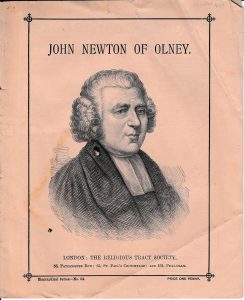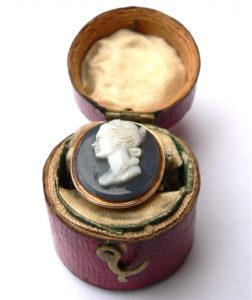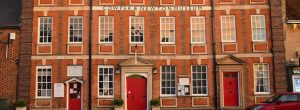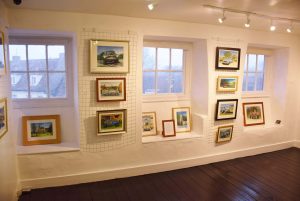The reinterment of the remains of the Rev John Newton and his wife, Mary Newton, took place at the church of St Peter & St Paul, Olney on the 25th January 1893. Many newspapers reported on this event, as did the Buckinghamshire Archaeological Society in their publication ‘Records of Buckinghamshire’. BAS has kindly allowed us to reproduce the article.
Click on each of the pages below to open up the full page and to be able to enlarge the text.
The crypt of St Mary Woolnoth was closed to interments after the Metropolitan Burial Acts of the 1850s banned most burials within London.
However, by the mid 1880s parishioners were complaining about the ‘bad smells emanating from the vaults of the church’. The building was closed temporarily whilst repairs were undertaken but newspapers report that Inspectors found bodies and coffins in a state of decomposition and decay. In 1891, the Rector Rev JMS Brooke raised the matter again.
‘The fact that there are thousands of bodies within a foot or two of the floor constitutes standing evidence of an insanitary condition.’
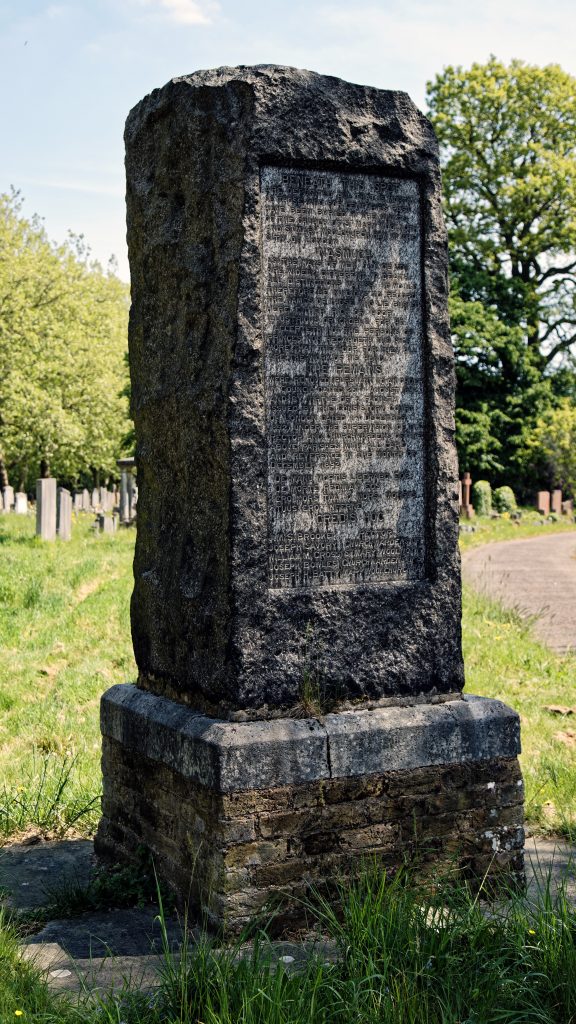 Architect Mark Judge investigated further and then the Medical Officer of Health, Dr Sedgwick Saunders, was called in. On 7th November 1892 he closed the church, and after the faculty was given, coffins and cases of bones were taken to the City of London Cemetery. Some remains, such as those of John & Mary, were reinterred elsewhere.
Architect Mark Judge investigated further and then the Medical Officer of Health, Dr Sedgwick Saunders, was called in. On 7th November 1892 he closed the church, and after the faculty was given, coffins and cases of bones were taken to the City of London Cemetery. Some remains, such as those of John & Mary, were reinterred elsewhere.
image (c) Akabashi
Further Reading:
John Newton’s father married again after the death of his first wife and had more children. Here is the Newton family tree showing the children of the two marriages.
City of London Cemetery and Crematorium
Johnson, Malcolm, Crypts of London, The History Press, 2013

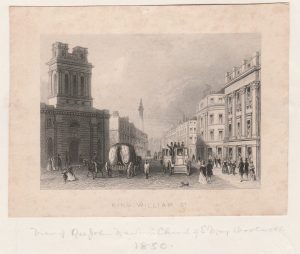
 Rev John Newton, his wife, Mary, and their adopted daughter and niece, Eliza Cunnigham were all interred in the crypt of St Mary Woolnoth.
Rev John Newton, his wife, Mary, and their adopted daughter and niece, Eliza Cunnigham were all interred in the crypt of St Mary Woolnoth.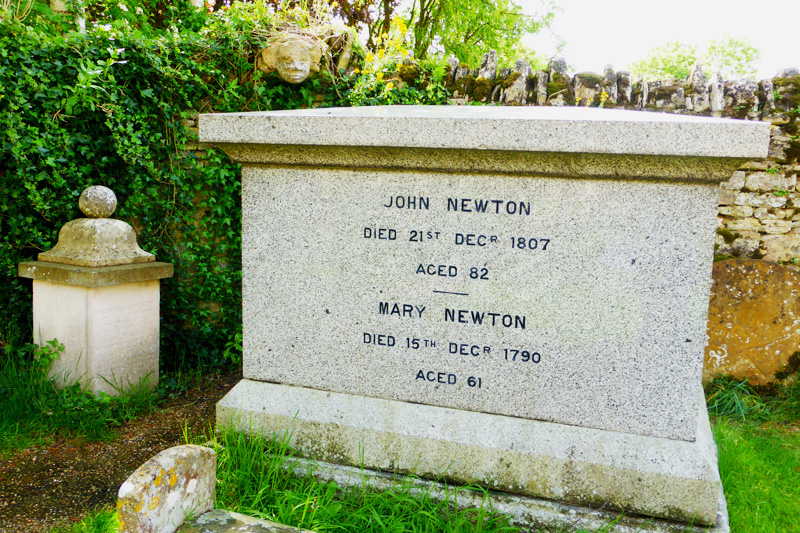 The gravestone of George Catlett, the father of Mary Newton, can be seen to the left.
The gravestone of George Catlett, the father of Mary Newton, can be seen to the left. 
